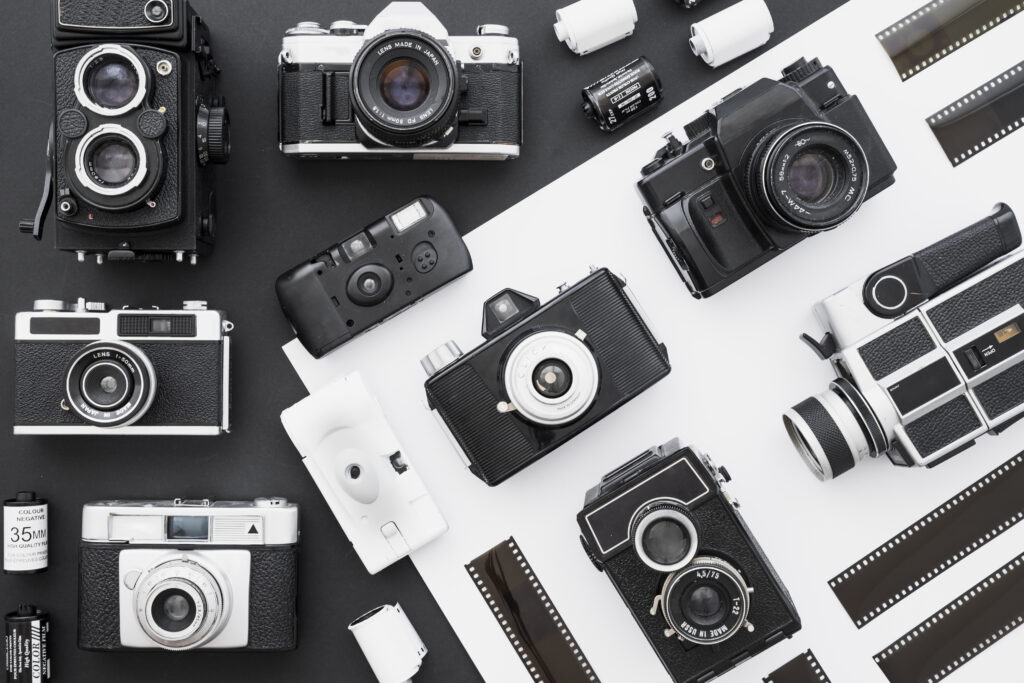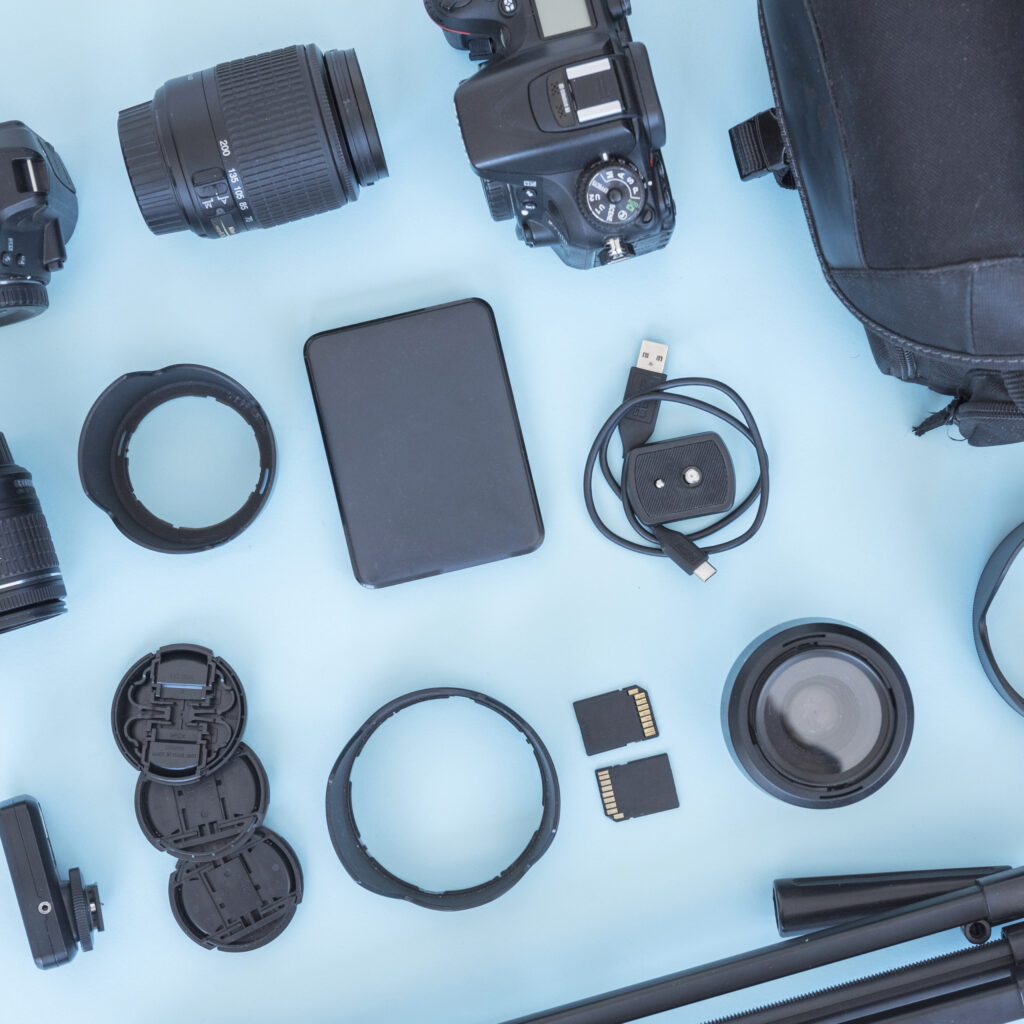Embarking on your photography journey is an exciting endeavor, and selecting your entry level camera is a significant step. With countless options available, it’s easy to feel overwhelmed. This guide will help you navigate the process and choose the perfect camera to suit your needs, budget, and aspirations.
Table of Contents
1. Define Your Photography Goals
Before diving into technical specifications, take a moment to reflect on your photography goals:
- What do you want to photograph? Landscapes, portraits, wildlife, street photography, or a mix?
- Where will you use your camera? Indoors, outdoors, or while traveling?
- Do you see photography as a hobby or a potential career?
Understanding your intentions will help narrow down the type of entry level camera that’s right for you.
2. Types of Entry Level Cameras to Consider
Here’s a breakdown of popular camera types and who they’re best suited for:
1. Compact Cameras (Point-and-Shoot)
- Best For: Beginners who want simplicity.
- Why Choose It: Lightweight, easy to use, and often more affordable than other types. Great for general-purpose photography.
2. Mirrorless Cameras
- Best For: Enthusiasts and beginners seeking versatility.
- Why Choose It: Offers excellent image quality, interchangeable lenses, and advanced features in a smaller, lighter body compared to DSLRs.
3. DSLR Cameras
- Best For: Serious learners and budding professionals.
- Why Choose It: Known for their robust build, superior image quality, and a wide range of compatible lenses.
4. Instant Cameras
- Best For: Creative hobbyists and fans of tangible memories.
- Why Choose It: Delivers physical prints instantly, making photography fun and interactive.
3. Key Features to Look For
When evaluating cameras, consider the following features:
1. Sensor Size
- Larger sensors (e.g., APS-C or Full-Frame) capture more light and detail, resulting in better image quality.
2. Megapixels
- More megapixels mean larger, more detailed images. However, for beginners, anything above 16MP is generally sufficient.
3. Lens Options
- Interchangeable lenses (on DSLRs and mirrorless cameras) offer versatility for different styles of photography.
4. Portability
- Compact and lightweight models are ideal for travel and everyday use.
5. Manual Controls
- Cameras with manual settings allow you to experiment with ISO, aperture, and shutter speed as you learn.
6. Connectivity
- Features like Wi-Fi and Bluetooth make it easy to transfer images to your devices.
7. Budget
- Set a budget, including the cost of accessories like lenses, memory cards, and tripods.
4. Popular Entry-Level Cameras

Here are some beginner-friendly models to consider:
Mirrorless
- Sony Alpha a6100
- Fujifilm X-T200
- Canon EOS M50 Mark II
DSLR
- Nikon D5300
- Canon EOS Rebel T7 / 2000D
- Pentax K-70
Compact
- Panasonic Lumix ZS200
- Sony RX100 VII
- Canon PowerShot G7 X Mark III
Instant
- Fujifilm Instax Mini 11
- Polaroid Now+ Instant Camera
5. Try Before You Buy
Visit a local camera store to get hands-on experience. Test different models to see which one feels most comfortable in your hands. Pay attention to:
- Ergonomics and weight
- Menu layout and ease of use
- Viewfinder and screen quality
6. Don’t Forget Accessories

When purchasing your first camera, consider these essential accessories:
- Lenses: Depending on your chosen camera type, invest in a versatile zoom lens at first which can be useful for multiple tasks instead of a each lens for a specific task, as lenses are quite expensive to invest in. Adding to that each DSLR camera have their own mounts. Listing the mounts below :
- Sony Lens– E-Mount
- Nikon Lens– F-Mount
- Cannon Lens– EF-Mount
- Lens Filter: When you are beginning with photography you should my a simple UV Filter to protect your lens from scratches and Uv rays.
- Memory Cards: Look for high-speed, reliable options.
- Camera Bag: Protect your equipment while traveling.
- Tripod: A must for long-exposure shots and stable compositions.
- Extra Batteries: Ensure you’re always powered up.
7. Learn and Experiment
Once you have your camera, the real adventure begins. Explore its features, practice different shooting techniques, and don’t be afraid to make mistakes.
Conclusion
Choosing your entry level camera is a personal decision, influenced by your goals, preferences, and budget. By understanding the options available and prioritising features that align with your needs, you can find a beginner camera that will serve as a reliable companion on your photographic journey. Remember, it’s not just the camera but the person behind it that creates amazing photographs. Happy shooting.
For more similar blogs click here